Most of us have a favourite haunt. A National Trust property, perhaps, or an art gallery, a museum or even a garden that has had such a profound effect on us that we feel compelled to return to it in our minds time and time again, long after we have left.
From the vaulted galleries of the V&A, which houses over 2.3 million objects that span 5,000 years of human creativity, to humble historical properties carefully preserved for visitors, such as Dylan Thomas’s writing shed above his boathouse in Carmarthenshire, certain spaces and places resonate with you as soon as you first walk in.
For antiques and interiors enthusiasts, the finest public collections can provoke a uniquely personal response, influencing their home decor decisions, professional projects, antique collections and entire careers.
Without exception, all of the experts we interviewed here spoke about their favourite collections with such fondness and admiration that we should be left in no doubt that these are precious places. And now, more than ever, we need to rally round and support these kinds of exhibits so that future generations can enjoy the same creative spaces we’ve had the luxury of visiting.
Sir John Soane’s Museum, London
Drew Pritchard Antiques Dealer and Salvage Hunter

When I first visited Sir John Soane’s Museum 15 years ago, it was like a slap in the face. It just embodied everything I love. I instantly became a disciple – a ‘Soanian’. I’m a bit of a magpie and I collect all sorts of different things, including architectural elements, and I found it incredibly inspiring. The breadth of the collection is impressive, but I like the way it’s put together, too.
The interior is labyrinthine – you sink down into the bottom of it then work your way up. Everything about it is magical. It’s packed to the rafters with bits of old London and treasures from his Grand Tour – there’s a beautiful stone bath that is lit from the inside. It’s as if John Soane’s brain has just spilled out into a building. You can read it again and again – like a book – and it just gets better and better. For me, it’s clearly the best collection of architectural elements in the world.
You might also like where to shop for antiques according to the experts
The Cast Courts, V&A Museum, London
Anthony Reeve Manager and Buyer for LASSCO Three Pigeons, Oxfordshire
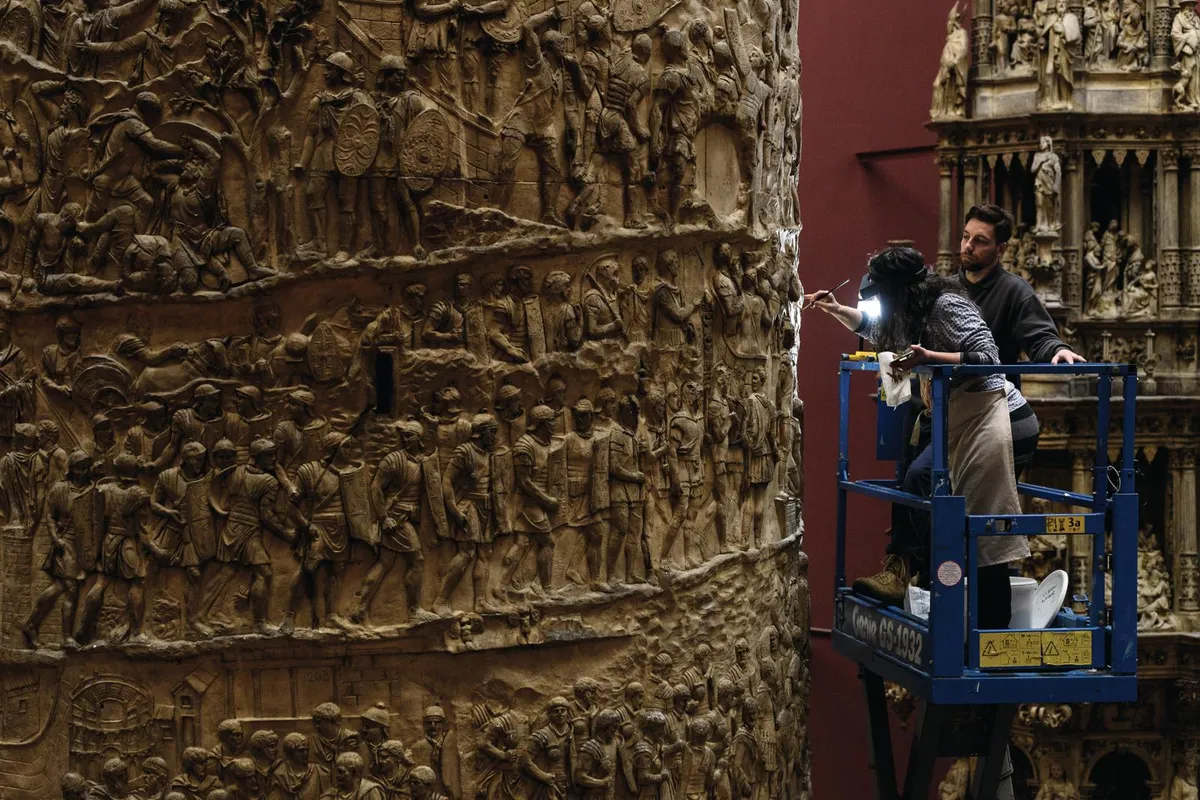
I was probably about 16 when I first went to the Cast Courts. When you walk in, you’re agog at the sheer scale of it all. The rooms are quiet and the pieces not quite as revered as the actual V&A collections because casts are copies. But in some ways this makes them more special.
Trajan’s Column from Rome stands in the middle of one gallery and it’s just ridiculous that they’ve got this vast thing indoors – the sheer audacity of copying something like that is mindblowing! I can’t conceive how they managed it.
There are building façades and a copy of Michelangelo’s David – you realise how big it is. There is a continuity from the Regency period when ancient finds were first unearthed by men on their Grand Tours and replicated. Today I find myself running a workshop at LASSCO where we reproduce architectural castings – we’re still at it.
Maison De Verre, Paris
Dorian Caffot de Fawes Antiques Dealer
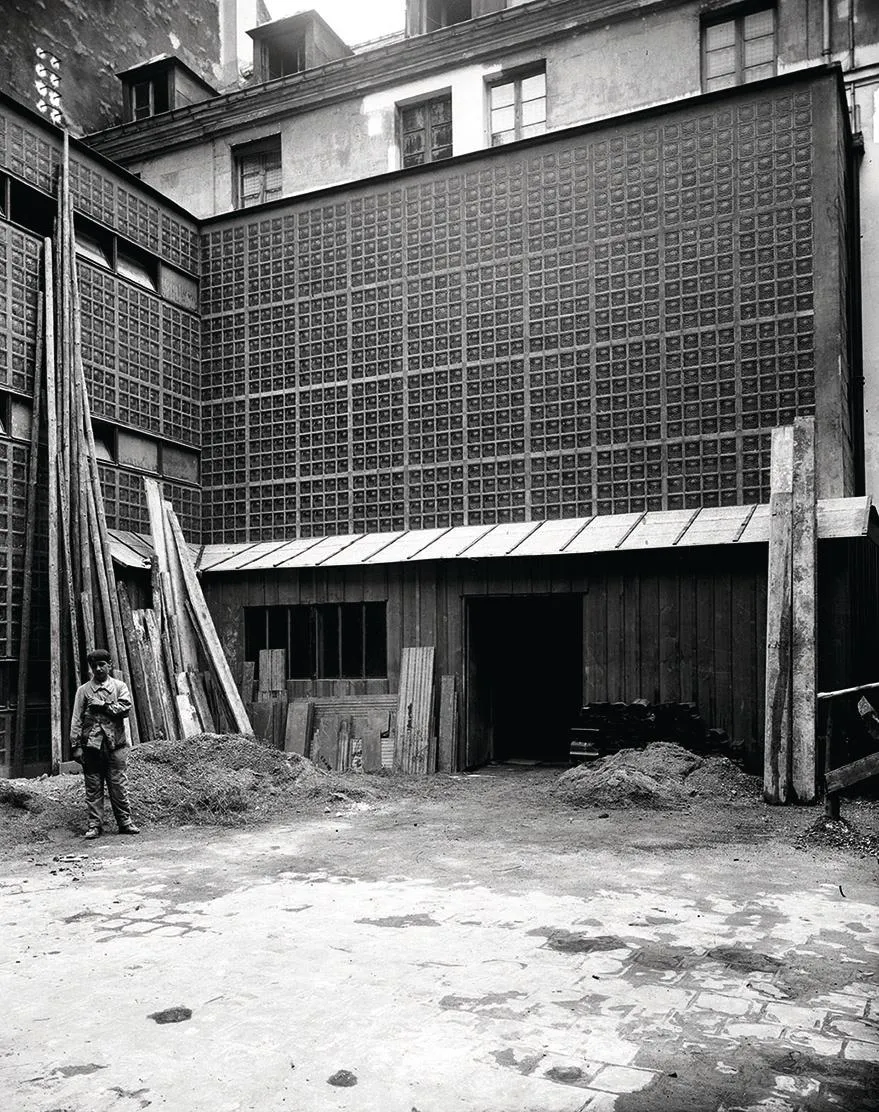
La Maison de Verre is considered a ‘cult’ house and it’s quite difficult to visit. You have to book months in advance and, if you’re approved, you get a private tour with a historian.
It’s an extremely modern building set into a typical 18th-century Parisian courtyard. The façade is a symphony of metal and glass and at night it’s internally lit, so it’s like an enormous lantern. It was designed by architect Pierre Chareau in the late 1920s for Jean and Annie Dalsace.
At the time it was cutting-edge and the use of materials is innovative – there are rubber floor tiles inside, for example. It’s so modern, it could be a 2020 design. It’s industrial looking, but at the same time incredibly bourgeois. I came away full of energy.
Tiled Kiosk Museum, Istanbul
Jane Juran Decorative Antiques & Textiles Fair Organiser
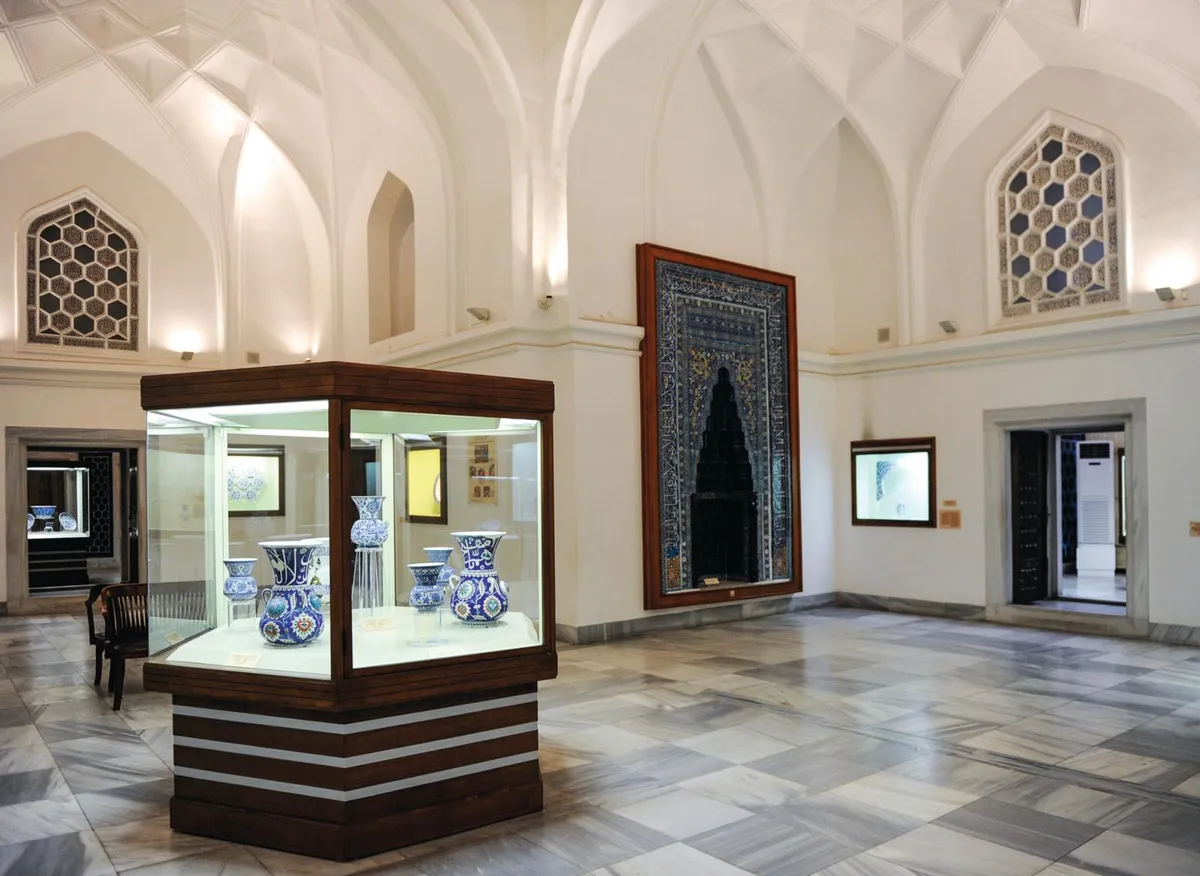
About seven years ago I went to Istanbul with my late husband and we spent a lot of time in the Tiled Kiosk, a beautiful pavilion filled with ancient tiles in the grounds of the Istanbul Archaeological Museum. When you’re buying and selling, you see one or two items at a time, but when you visit a vast collection like this one you can fully immerse yourself in the designs.
The tiles we saw there were so beautiful and the whole space had such a lovely atmosphere. Even the really old tiles there looked modern and fresh design-wise – they have a sort of timeless beauty. Following the trip we got a bit excited and bought some tiles when we got back, so I do now have a few at home, which are propped on a shelf.
You might also like antiques experts share their favourite places to visit
Chartwell, Kent
Jenny Gibbs Founder and Principal of KLC School of Design

I first went to Chartwell about 20 years ago, and I revisited recently. It’s as if Winston Churchill and his wife have just stepped out of it. It’s decorated in a 1940s style and some of the rooms are surprisingly small. You wouldn’t replicate the interiors in your home, but it makes you think differently about your own space.
When you walk into the drawing room, you immediately think: it’s so comfortable. There are two arched recesses filled with books, but instead of being either side of a fireplace, they’re either side of a window. The gardens are lovely, too, like a series of rooms to explore. It’s a journey of discovery and there’s always something exciting around the corner.
Charleston, East Sussex
Kit Kemp Founder and Creative Director of Firmdale Hotels

I first visited Charleston house in the late 1990s when I was working on the Firmdale Charlotte Street Hotel in Bloomsbury and was looking for inspiration. I went just before Christmas and experienced it just as it would have been in 1916, with no heating! It felt like a real home, not a museum, and it’s so comfortable because Vanessa Bell was a great homemaker.
I loved the use of colour, which works so beautifully in our northern light. It’s a quintessentially English house with beautiful murals, and it’s full of art. There are wonderful stories behind it, too. I gave a talk at Charleston last summer about how Bloomsbury artists and writers have influenced me and I’d love to go back again soon.
The Clive Museum at Powis, Welshpool
Dr Amin Jaffer Senior Curator, The Al Thani Collection
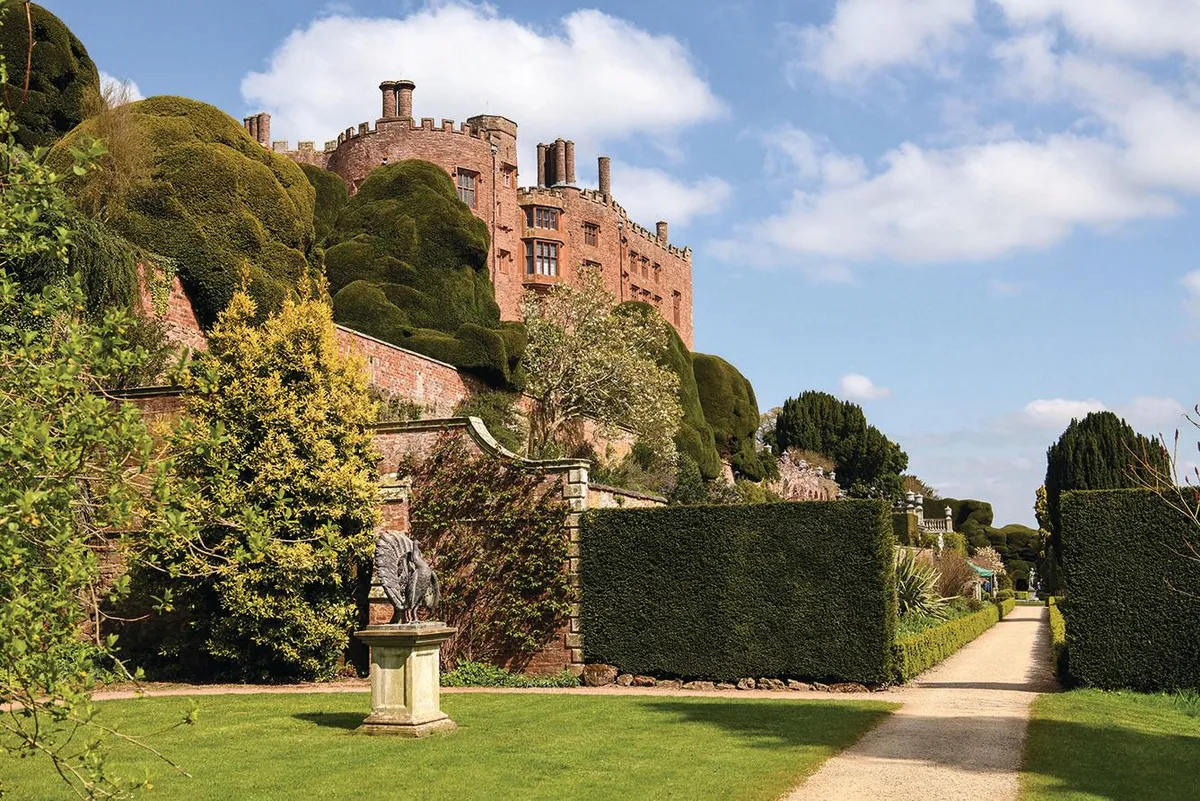
When I first visited the Clive Museum at Powis Castle back in 1991, it inspired me to write my thesis on furniture in early colonial India, and when I became a curator at the V&A I wrote my first book on the subject. The Clive Collection was the backbone of my research, it really set me up in my career. Powis Castle is remote and magical. Even when I talk about it I get goosebumps.
It belonged to Robert Clive (1725-1774), a British General who went out to India and formed a superlative collection of objects and art, which his son Edward later added to. Very rarely do you have provenance for these types of items, but because they were documented so well, each one has a story.
Visit The Clive Museum at Powis
You might also like must-own antiques according to the experts
West Horsley Place, Surrey & The Gustave Moreau Museum, Paris
Mark Hill Antiques Dealer and Antiques Roadshow Expert

West Horsley Place is an ancient country house and a childhood visit there kickstarted my interest in antiques. It was an amazing place, magical and mysterious, with paintings everywhere. It’s one of the reasons why I do what I do now.
The other place I love is the sadly often-ignored Gustave Moreau Museum in Paris. My degree dissertation was on Gustave Moreau, so I spent weeks at the museum. It transports you right back to late 19th-century Paris, as it was also his home. The deeply coloured walls are completely covered with paintings – he was a symbolist and many of his richly detailed works were inspired by religion and mythology. When you walk into my house, all the walls are painted in dark colours and covered with pictures, too.
Visit West Horsley Place or The Gustave Moreau Museum
Dumbarton Oaks, Washington DC
Cristina Miller Chief Commercial Officer, 1stdibs
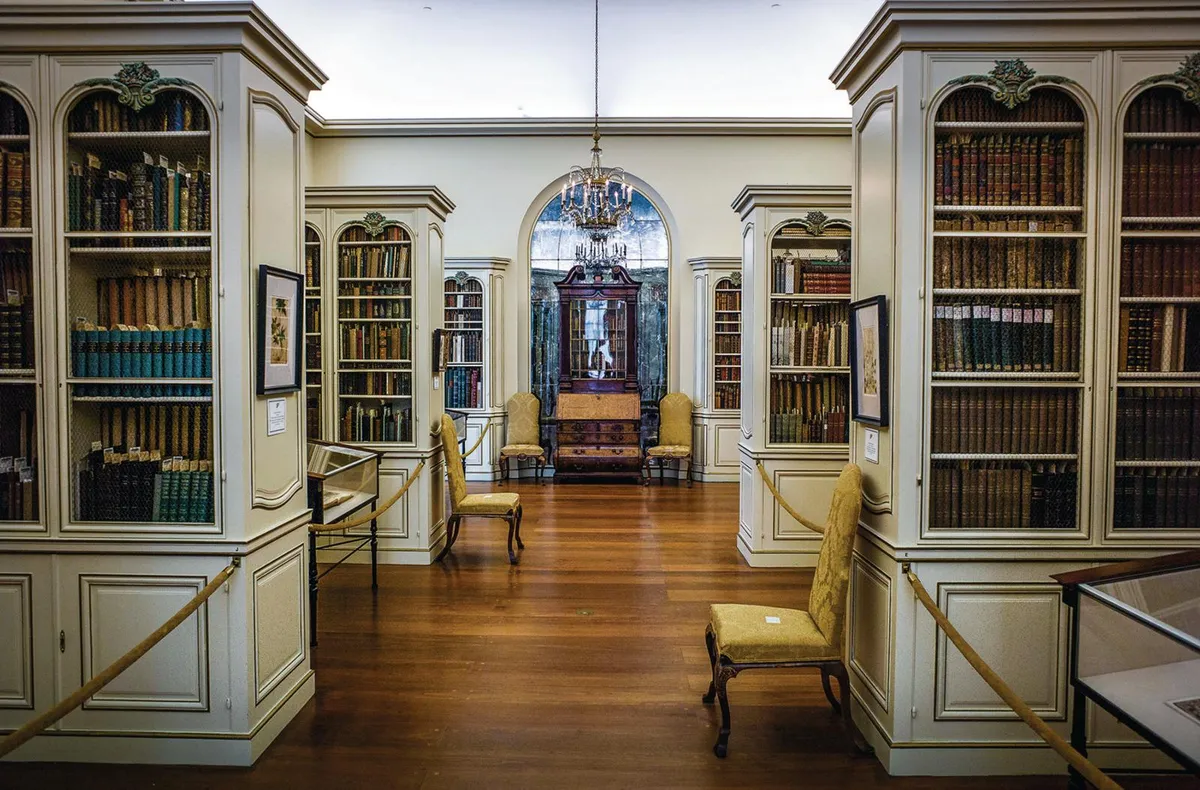
I first visited Dumbarton Oaks museum in Georgetown on a school trip in the 1980s, but I’ve been back many times since. The 17th and 18th-century English antiques, as well as the medieval art and tapestries, are exceptional. The Italian Renaissance furniture and the French gothic sculptures captivated me then, and still do to this day.
So much of what this collection instilled in me as a child has influenced my life and career, inspiring me to study art history and architecture in college and ultimately to work in the decorative arts space at 1stdibs. The juxtaposition of styles and time periods there always fascinated me, and now I love to mix and match styles and time periods when designing my own home.
George III Collection, Science Museum, London
Catherine Southon Auctioneer
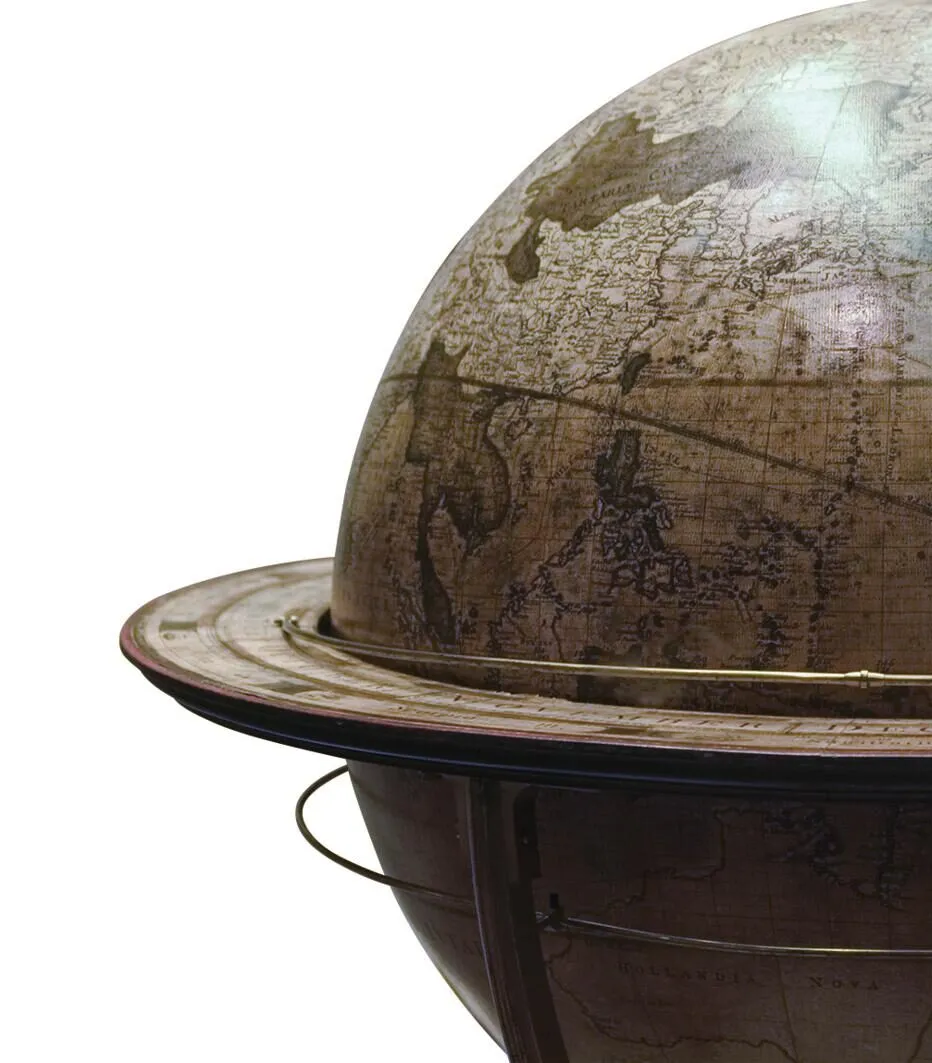
When I was in my 20s and just getting started in the antiques world, I was walking around the Science Museum and was fascinated to find George III’s collection of scientific instruments. He amassed the most beautiful items, many of which are made from rosewood, brass and ivory. One of the highlights is an orrery, which was owned by George II before it belonged to George III – it’s an amazing sight. There’s also a 1760s silver microscope by George Adams. This collection was a real building block for my knowledge and I went on to work at Sotheby’s in the scientific instrument department.
